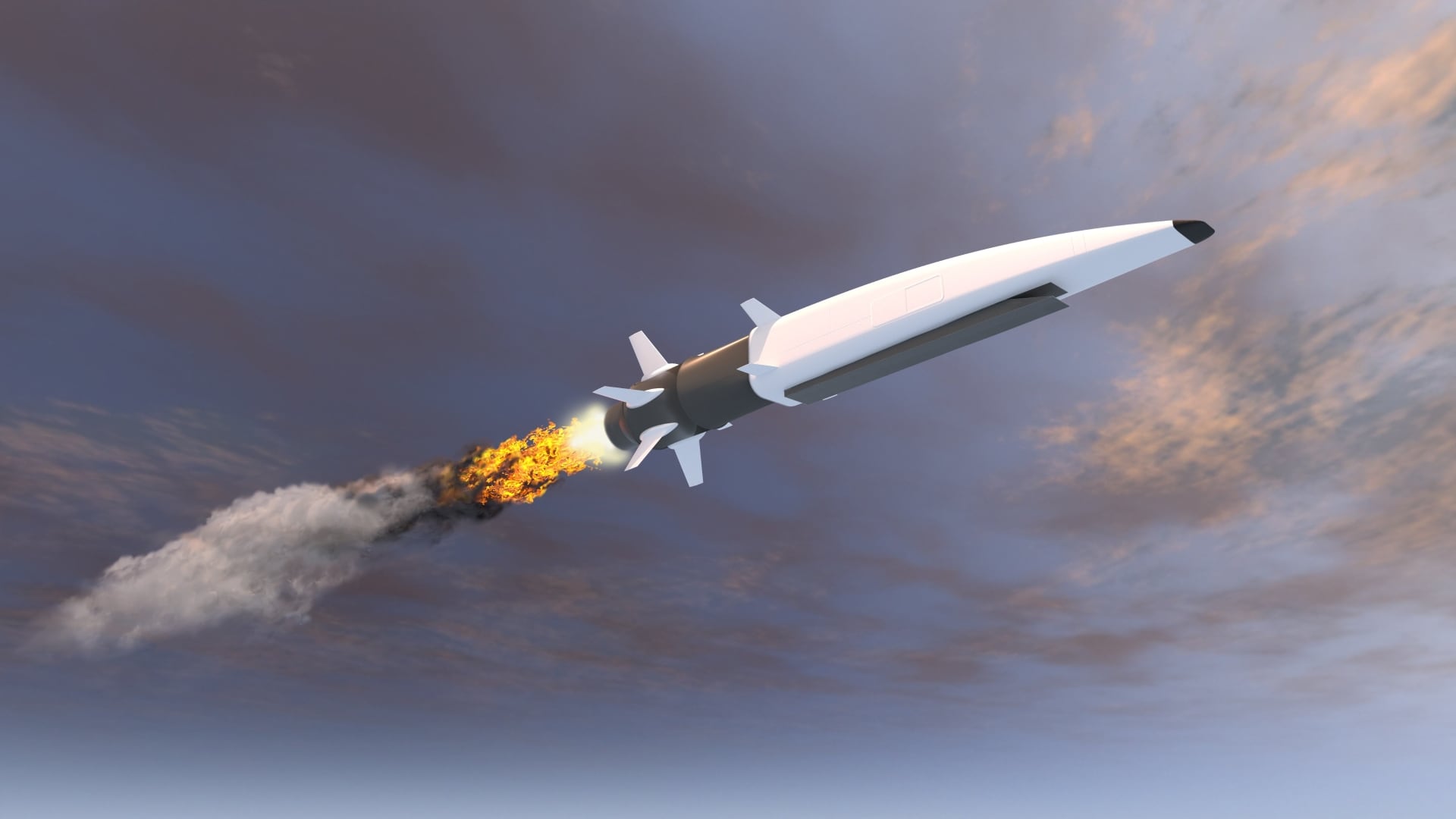The Army has been sounding alarm bells about the threat from small, commercial drones, and the service recently outlined in greater detail exactly what forces might be up against.
A document, "Army Techniques Publication (ATP) 3-01.81 Counter-Unmanned Aircraft System Techniques," goes into depth regarding both the planning considerations for defending against low, slow, small, or LSS, unmanned air threats during operations as well as how to plan for and incorporate c-UAS tasks into unit training for forces at the brigade level and below.
The document targets training and educating the force while assisting maneuver units in developing c-UAS tactics, techniques and procedures, with the principal audience being maneuver brigade and below commanders and staff, junior leaders, platoons and individual squads who employ combined arms planning techniques within their operations.
The Army is also developing organic capabilities and forces specifically dedicated to countering this threat, from lasers to cyber and electronic warfare soldiers to jamming incoming drones.
Small UAS used both by non-state organizations such as the Islamic State group, al-Qaida and Hezbollah, among others, as well as highly sophisticated militaries such as Russia. However, with technological advancements in the commercial world, "reconnaissance and attack capabilities have matured to the point where UAS represent a significant threat to Army, joint, and multinational partner operations from both state and non-state actors," the document states. "Primary focus of this publication is to assist maneuver forces in defeating the effects of LSS UAS."
With commercial off the shelftechnology in this space only costing around $650 compared to the millions for larger strategic platforms used by the military, this paradigm shift has forced the Army and military to think differently about how it operates in the field.
"Small units operating in and around combat areas should assume they are being observed by the enemy and not assume they are under the umbrella (protection) of air and missile defense units," the Army’s techniques publication said. "If a unit is deployed tactically in the field and encounters UAS threats of any category it must be assumed that the intentions of the UAS are hostile, regardless of its actions."
While the document notes that larger air threats such as fixed and rotary-wing aircraft, ballistic and cruise missiles, and larger UAS including group 4 and 5 — that include platforms such as the Air Force’s MQ-9 Reaper and RQ-4 Global Hawk, respectively — can be detected early, the document concerns operations against group 1-3 aircraft, which range from less than 20 pounds to over 55.
The smaller group 1 and 2 aircraft "constitute one of the most significant threats facing friendly ground forces when integrated with indirect fire capabilities," the document states. "The technological enhancements, accessibility, and economic feasibility of the LSS UAS systems makes them an area of interest for potential adversaries."
Planning for threat UAS, the document asserts, should assume enemy systems can be outfitted with a suite of capabilities to include intelligence, surveillance, reconnaissance, targeting capabilities, electro-optical or infrared optics, radar, signals intelligence, or laser designation supporting delivery of electronic warfare, air-to-surface weapons or one-way lethal payloads.
Brigades should develop a sensor plan providing optimal coverage and early warning capabilities across the battlefield. Such sensor planning should be tailored to the circumstances surrounding the operational environment. The document lists various detect, track and identify capabilities as being able to, among other things:
- Target saturation effects on sensor.
- Distinguish from nonmilitary threat platforms.
- Distinguish friendly UAS platforms.
- Ground clutter and interference.
Units must also employ passive defensive measures given enemy "action is not limited to daylight hours" and "UAS possess the capability to operate in low light conditions as well." These passive measures deceive enemy observation and include camouflage, cover, concealment, hardening of locating units on prepared sites, moving units at night, noise and light discipline and employing obscuration techniques.
Conversely, active measures, seek to neutralize or destroy threats within a specific area of operations. The document outlines that brigades should consider training their forces on active measures, which, among other, include:
- Weapon control status is a control measure designed to establish procedures for forces using surface-to-air weapons (including small arms weapons) to engage threats.
- Weapons-Free approach, which indicates that weapons systems may fire at any target not positively identified as friendly.
- Weapons-Tight approach, which indicates that weapons systems may only fire at targets identified as hostile in accordance with current rules of engagement.
- Weapons-Hold approach, which indicates that weapons systems may only fire in self-defense or in response to a formal order.
- Integration of a variety of available sensors and signal intelligence/cyber assets to detect, identify, and confirm threat UASs, ground control stations, enemy hide points and assets.
The document goes as down echelon as the company level observing, "In order to counter this low-level air threat US forces must ensure that our lowest level sensor, the Soldier, is appropriately trained and equipped. This begins at the Company level."
Under this approach, the document outlines a variety of instructions for ways in which soldiers should position themselves on the battlefield, using enhanced viewing tools such as binoculars or night vision, to observe air threats.
"If LSS UAS is observed over your position, it is likely your position is already compromised," the document says of the company level. "Units must attempt to engage and destroy the UAS using any organic means available, typically small arms fires organic to the unit while simultaneously relocating the unit."
Mark Pomerleau is a reporter for C4ISRNET, covering information warfare and cyberspace.








